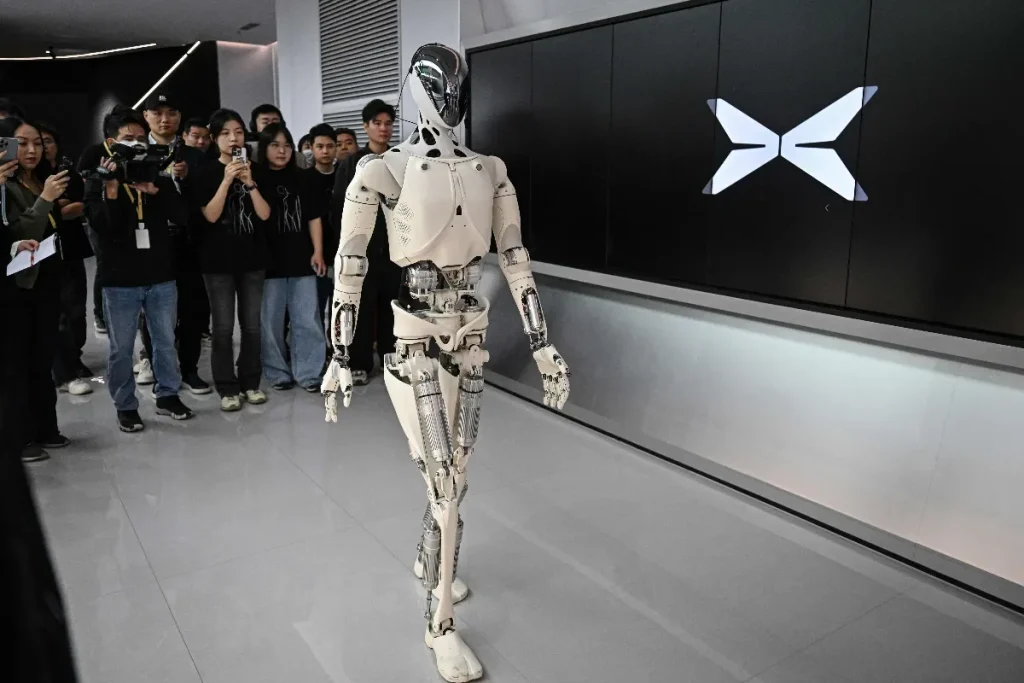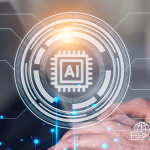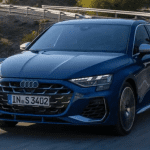The line between machine and human is blurring. Xpeng’s latest creation, the next-generation IRON humanoid, is turning heads. Unveiled at the company’s 2025 AI Day in Guangzhou, this bipedal marvel does more than mimic movement.
It struts, interacts, and appears incredibly lifelike. The debut sparked viral debates. To prove no one was hiding inside, the company literally cut open the robot’s skin during the demo.
From EVs to Advanced Robotics
Xpeng is famous for sleek electric vehicles like the P7 and G9. However, the company is not content with just four wheels. Since pivoting to robotics in 2024, Xpeng has poured billions into “physical AI.”
IRON is not a side project. It is the flagship of Xpeng’s vision. The company aims to flood homes and stores with affordable, adaptable robots by 2030.
The AI Brain At the core of IRON is the VLA 2.0 (Vision-Language-Action) model. This is Xpeng’s first mass-produced “physical world” AI brain. The system trains on vast datasets of human behavior. Consequently, the robot sees, understands commands, and acts fluidly.
Furthermore, three custom Turing AI chips power the machine. They deliver a massive 2,250 trillion operations per second (TOPS). As a result, IRON boasts brainpower that rivals top supercomputers.
Lifelike Design and Viral Fame
What sets IRON apart? It features a “born from within” philosophy. Unlike rigid industrial bots, IRON has a flexible spine that mimics the human body. It also features bionic muscles for smooth strides and soft, customizable skin.
The Viral Demo The debut was theatrical. A female IRON model walked onstage with impressive grace. Her digital face showed subtle emotions. Immediately, skeptics online claimed it was a “fake” person in a suit.
In response, CEO He Xiaopeng unzipped the robot’s leg live on stage. He revealed whirring gears and fans inside.
“Hear that? Pure machine,” he quipped. The clip exploded on Douyin, amassing millions of views.
Advanced Interaction and Power
IRON features dexterous hands with 22 degrees of freedom. This allows it to grip tools or wave naturally. Moreover, a 3D curved display projects facial expressions. It can shift from smiles to concern, making interactions feel personal.
Solid-State Power The robot runs on cutting-edge solid-state batteries. This technology promises over 24 hours of uptime without bulky plugs. This is a game-changer for all-day assistance.
Production and Real-World Use
Early applications will skip complex home environments. Instead, Xpeng will focus on controlled spots like retail floors. There, the robot will chat with customers or monitor shelves.
Mass production begins in late 2026. CEO He aims to sell 1 million units annually by 2030. With an estimated price under $30,000, it could undercut rivals like Tesla’s Optimus.
Additionally, partnerships are already brewing. Baoshan Iron & Steel plans to deploy IRON units for factory inspections to spot wear before breakdowns occur.























